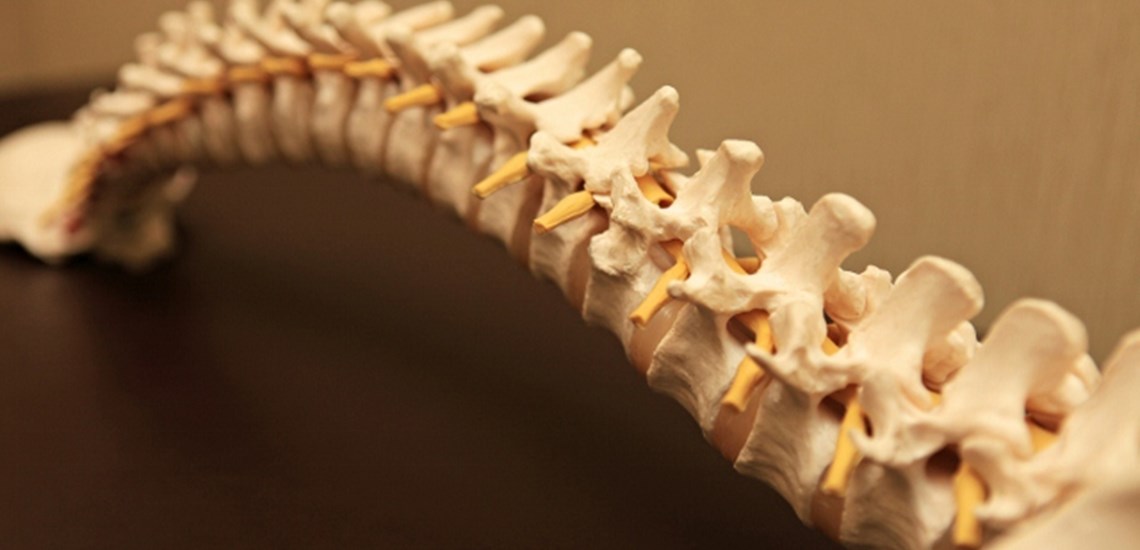Spine Anatomy

The anatomy of the spine is truly amazing. It is the main structure on which our body is supported. Our spine is like the “main beam” that God placed in us. The spinal structure was designed to be both strong to support large amounts of weight yet, flexible so we can bend and move around freely. This design was accomplished by placing multiple medium size bones together called vertebrae, interconnected by cushions called discs as well as bilateral joints called facets. The vertebrae are held together by a series of very strong fibrous tissues called ligaments.
In addition to the spine being our main support beam, it was designed with a hole in the center of each vertebrae to support and protect part of our main nerve center called the spinal cord. This “electrical wiring” was placed in us, insulated by a water sealed cavity called the spinal canal. Our brain is the “computer” that controls our bodies and the spinal cord is the “switch box”.
The vertebrae inside of us contain bone marrow that produce red and white blood cells. The red blood cells carry oxygen to us through our blood stream from our lungs and carry waste carbon dioxide out of us as part of our energy system. The white blood cells fight off invading infections to the body.
There are seven cervical vertebrae in the neck. The skull, which protects our brain, rests upon the top of the cervical spine. The connection between the cervical spine and the skull is called the atlanto-occipital joint. The twelve thoracic vertebrae in the mid-back support the rib cage, which protects our lungs. The 5 lumbar vertebrae in the low back area provide the framework for our abdomen and pelvis.
The sacrum supports our pelvis. The pelvis is a major source of blood cell production as well. The pelvis also protects our bladder and reproductive organs. Finally, the tailbone or coccyx is the end of the structure upon which we sit.
When I think about the human spine, I am in awe of how complex yet, functional our designer was in making this useful spinal structure for us.